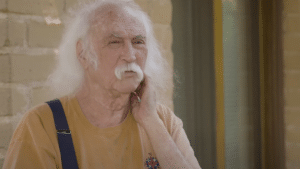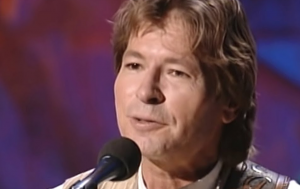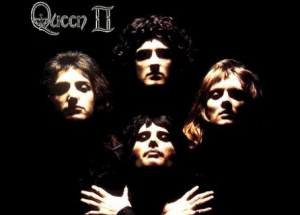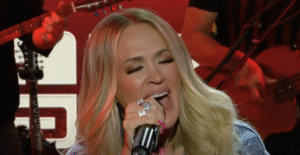20 Items Only People Who Lived in the 1970s Will Remember
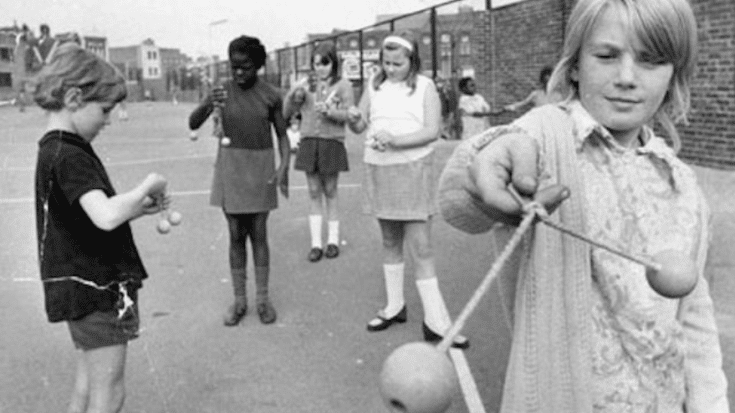
That 70's Page / Facebook
For those of us who didn’t just read about it in history books, the 1970s were a time of magic and wonder. It’s not just about the iconic bell-bottoms and groovy dances—the memories run even deeper. The era gave us more than just fashion; it gifted us with a sense of freedom and exploration that’s hard to capture today.
If you were lucky enough to grow up during this vibrant time, you’d understand the joy of School House Rock and the quirky charm of Pet Rocks. The world was a bit different back then, and looking back now, it’s no wonder that a touch of ’70s nostalgia brings a smile to our faces.
So let’s take a stroll down memory lane and take a look at the 20 items only people who lived in the 1970s will remember growing up:
Koogle

In 1971, Kraft Foods introduced Koogle, a peanut butter spread akin to Nutella. Unlike regular peanut butter, Koogle came in flavors like chocolate, cinnamon, banana, and vanilla. The quirky alien mascot made it popular among kids, but the product didn’t last long and was discontinued in the mid-1970s.
8-Track Player
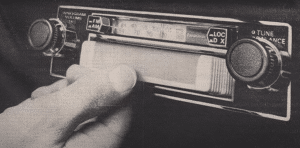
The 8-track player was a staple of 1970s music consumption. These tape-based players allowed people to enjoy their favorite tunes in cars and homes. Unlike today’s digital music, the experience was tactile and required physical tapes, making it a memorable part of the era.
Mood Rings
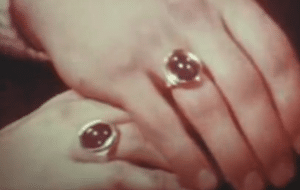
Mood rings, a popular ’70s fashion accessory, doubled as liquid crystal thermometers that seemingly reflected your emotional state. With colors like blue for calmness, amber for nervousness, and black for anger, these rings provided an unusual and colorful way to express your mood. For kids of the ’70s, displaying the color of their mood ring became a whimsical way to communicate emotions without the need for words.
Pop Rocks
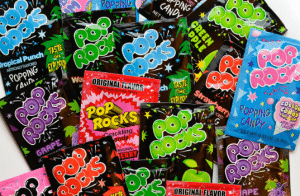
Introduced in 1976, Pop Rocks were fizzy candies that popped in your mouth. They became an instant hit, but their popularity waned due to rumors that they could explode when combined with soda. Despite the decline, they managed to make a comeback in the mid-1980s and remain a well-loved candy to this day.
Roller Disco
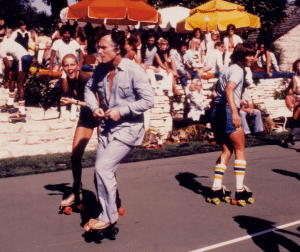
Roller disco parties combined disco music with roller skating for a unique and energetic experience. While a memorable trend of the era, dancing on wheels was a challenge that often led to hilarious and risky situations.
TV Wooden Boxes
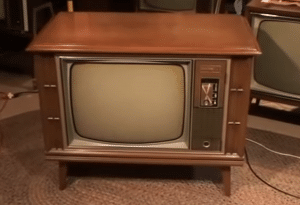
Televisions in the 1970s were large wooden boxes, a far cry from today’s sleek screens. These bulky devices were often used as furniture, and their evolution over the decades is a testament to the rapid advancement of technology.
Tube Socks
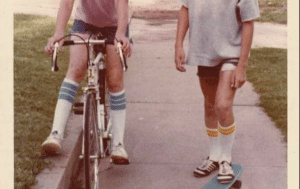
Short shorts and tube socks were a distinctive fashion trend of the 1970s. Despite their less-than-flattering appearance, both men and women embraced this combo, reflecting the bold and carefree style of the era.
Short Shorts
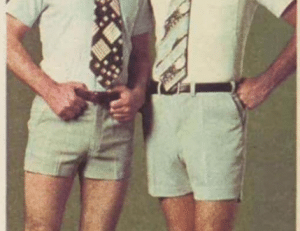
Short shorts were a staple of 1970s fashion, worn by both adults and kids. They were especially popular among basketball players and became synonymous with the active and vibrant lifestyle of the time.
Mug-O-Lunch
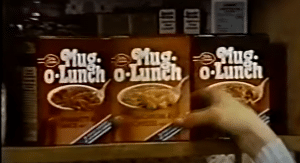
Betty Crocker’s Mug-O-Lunch, introduced in 1977, was an early take on instant noodles. These convenient meals came in various flavors and required only boiling water for preparation. Although the portions were modest, they represented a step towards quick and easy meal solutions.
Playing Simon
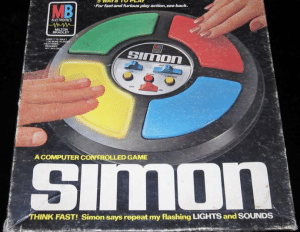
The electronic game Simon, released in 1978, challenged players to remember and repeat sequences of colored buttons. Despite its simplicity, the game captured the attention of kids and adults alike, demonstrating the appeal of interactive electronic entertainment.
Sir Grapefellow Cereal
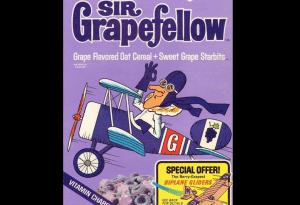
General Mills introduced Sir Grapefellow cereal in the 1970s, featuring grape-flavored oat cereal with marshmallow starbits. The cereal’s marketing pitted it against another cereal named Baron Von Redberry, creating a playful rivalry. However, the unique flavor and odd marketing didn’t secure its place in the market, leading to its eventual discontinuation.
Stretch Armstrong
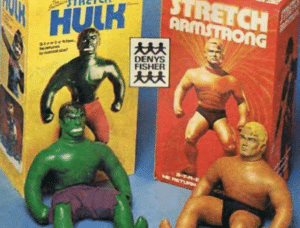
Stretch Armstrong, the elastic superhero, acted as a stress-relief tool for many youngsters. Kids delighted in testing the limits of Armstrong’s elasticity by stretching his limbs to extreme lengths. Little did they know, the secret to his durability lay in the gooey corn syrup-like substance inside him. Stretch Armstrong brought hours of tactile amusement to ’70s kids, showcasing the joy of harmless, imaginative play.
Pet Rock
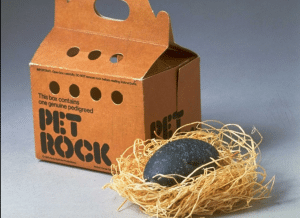
In 1975, the Pet Rock became a whimsical fad, offering an “easy-to-maintain” pet alternative. Marketed as a carefree pet, Pet Rocks came with their own packaging and care instructions. While a short-lived trend, it highlighted the era’s penchant for quirky and unconventional novelties.
TaB
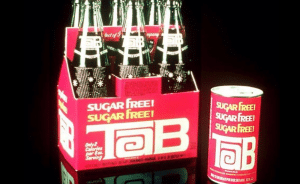
TaB, Coca-Cola’s first diet soda, made its debut in 1963 and gained popularity in the 1970s. Available in various flavors, TaB’s marketing aimed at promoting a svelte figure, making it a choice for those looking to watch their calorie intake. Despite its early success, the rise of Diet Coke eventually led to the decline of TaB.
Nerf Balls
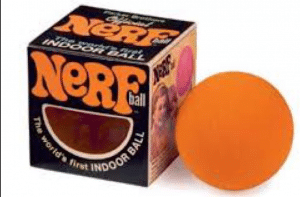
The ubiquitous Nerf ball gained massive popularity, touted as the “world’s first official indoor ball,” implying it was virtually accident-proof. Marketing materials assured worried parents that these foam balls couldn’t break windows, harm babies, or hurt the elderly. In an era where safety standards were evolving, Nerf balls captured the spirit of indoor fun without the worry of collateral damage. However, despite the claims, lamps could still become unintended victims of these soft projectiles.
Tiger Beat Magazine
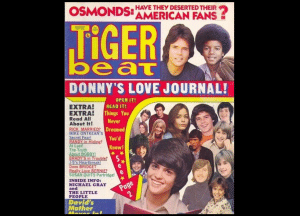
Tiger Beat magazine, a popular publication of the 1970s, provided young readers with celebrity news, posters, and gossip. Featuring articles on teen idols like Leif Garrett and Donny & Marie, Tiger Beat was a must-read for kids eager to keep up with their favorite stars.
Grins & Smiles & Giggles & Laughs

Ralston’s Grins & Smiles & Giggles & Laughs cereal, introduced in 1976, featured smiley faces as its distinct shape. Packaged with prizes like joke books and stickers, the cereal offered a playful and interactive experience, although it didn’t manage to maintain its presence in the market for long.
Clackers
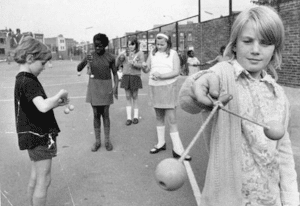
Clackers, a popular toy in the late 1960s and early 1970s, consisted of two acrylic balls on strings that could be swung to create a clacking noise. However, safety concerns led to their eventual ban as the hard plastic balls could shatter on impact, posing a risk to children.
Betamax
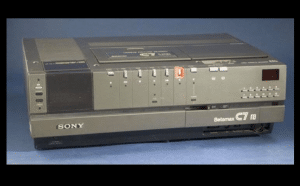
Sony’s Betamax, introduced in 1975, brought home video to consumers. Despite its pioneering technology, Betamax was overtaken by the VHS format just two years later, marking the beginning of the VHS vs. Betamax format war.
Micronauts
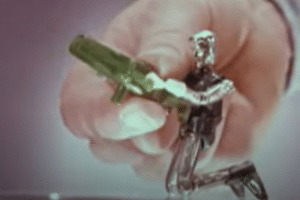
The Micronauts were a beloved toy line that predates Transformers, offering kids the chance to create their own robot characters by mixing and matching interchangeable parts. This imaginative play experience made it stand out, even in a toy era filled with excitement.






